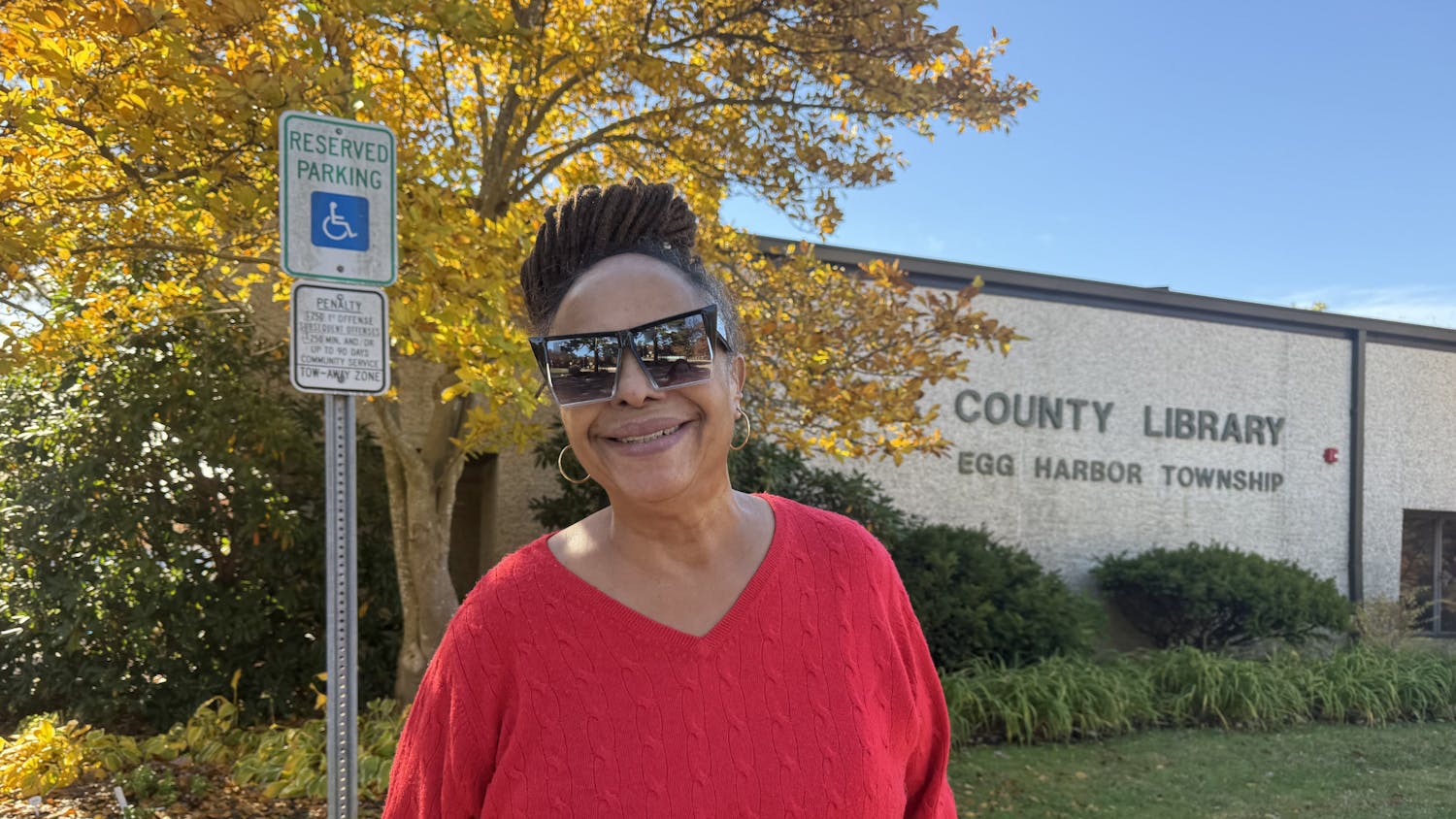By Gabrielle Beacken
News Assistant

The English Department took a closer look at this year’s summer reading novel, Gary Shteyngart’s “Super Sad True Love Story” on Friday, Sept. 19, in the Education Building. In several close readings, English professors Michael Robertson, Mindi McMann and Jess Row conducted three separate and distinctly focused explications of the novel — interpretations designed to “unfold” literary themes through the analysis of a particular passage.
“Super Sad True Love Story” is set in the near-future of a dystopian American society in New York, where retail and media consumerism have dominated all civilization. There are two central characters: Lenny Abramov, a middle-aged, middle-class descendant of a Russian immigrant who, in turn, falls in love with Eunice Park, a young Korean-American girl. The novel depicts America’s current economic, political and social status as unstable — encouraging maximum participation in consumerism and abusing heavy military power, while also being deeply indebted to its Chinese creditors.
“The good news is, we’re in a golden age of dystopian fiction,” Robertson said. “The bad news is, we’re in a golden age of dystopian fiction.”
All three professors then proceeded to present their own personally-tinted perspectives on the novel’s themes, conflicts and more.
“It’s good to hear perspectives that conflict,” junior English and women’s and gender studies double major Erin Shannon said. “Everyone has different thoughts.”
Robertson initiated the discussion of the novel, elucidating four conflicts found in futuristic-type fiction that applied to the summer reading novel as well: utopian vs. dystopian, dystopian vs. anti-utopian, hard vs. soft and closed vs. open. Offering examples from famous dystopian novels, such as George Orwell’s “1984”, Aldous Huxley’s “Brave New World” and Yevgeny Zamyatin’s “We.”, Robertson applied these dichotomies to Shteyngart’s work.
“Super Sad True Love Story” included all of these conflicts while examining both sides, according to Robertson. To support his argument, he proposed interpreting the ending of the novel as both “closed” and “open.”
According to Robertson, the last few lines of the novel illustrate a beautiful countryside scene, suggesting that the setting has reversed back to a “natural” world, leaving the ending “open” for improvement and progress. However, the last lines of the novel also imply a “closed” ending, as the text illustrates a completely silent and dark world where society’s admiration for materialism remains.
Following Robertson’s interpretation, McMann examined the role economic globalization and race played in the novel.
“The characters bury their heads in the sand,” McMannn said, noting how the fictional government’s inability to provide its citizens with basic needs perpetuated a “failed state.”
The U.S. dollar’s worth is null as international competitors have dominated America’s marketplace, said McMann. The novel’s language was additionally filled with heavily racist remarks and outlooks, specifically targeting those of Asian descent and those of Jewish religion. Overall, these elements crafted a state of frayed economic and social relationships.
Concluding their explications, Row provided a third perspective of the novel. He discussed what exactly makes a futuristic novel “futuristic.” Near-future novels, if they are to possess and address present-day problems in society, must incorporate them into futuristic qualities that will not become outdated by a novel’s date of publication.
“Super Sad True Love Story” was written from 2006 to 2008 and published in 2010. Now, in 2014, it has been six years since the book was written. Technology has progressed and evolved so rapidly over those six years that present-day readers can relate to some of the “near-futuristic” elements of the novel, Row said.
All three of the close readings presented analytical skills that can help foster discussion and further ideas on society’s most fundamental issues.
“The idea behind (close readings) is to build a stronger intellectual community between students and faculty,” McMann said. “I think we had a great turnout.”
Reflecting her optimism, the Education Building’s lecture hall was filled with students, many of whom prompted several inquiries and shared comments and reactions on the novel during the question and answer section.
To students like Shannon, “Super Sad True Love Story” was certainly an interesting, yet perhaps not entirely enjoyable read. Nevertheless, it is important to have faculty and students discuss their opinions and perspectives on such a contemporary work of literature.
“I think it’s a great English Department-wide event,” Shannon said. “It brings us much closer, and it’s great that students engage actively with faculty.”






